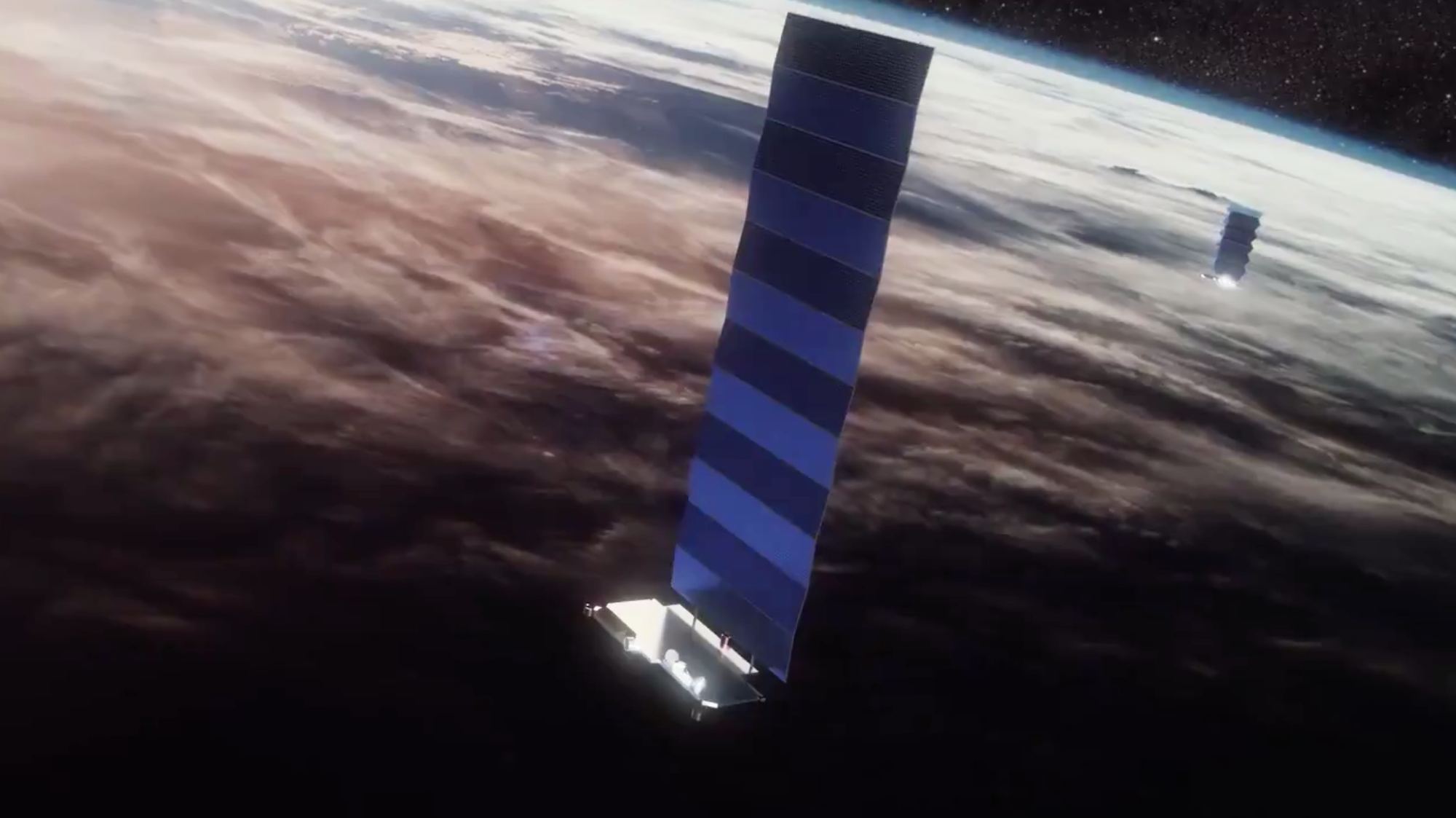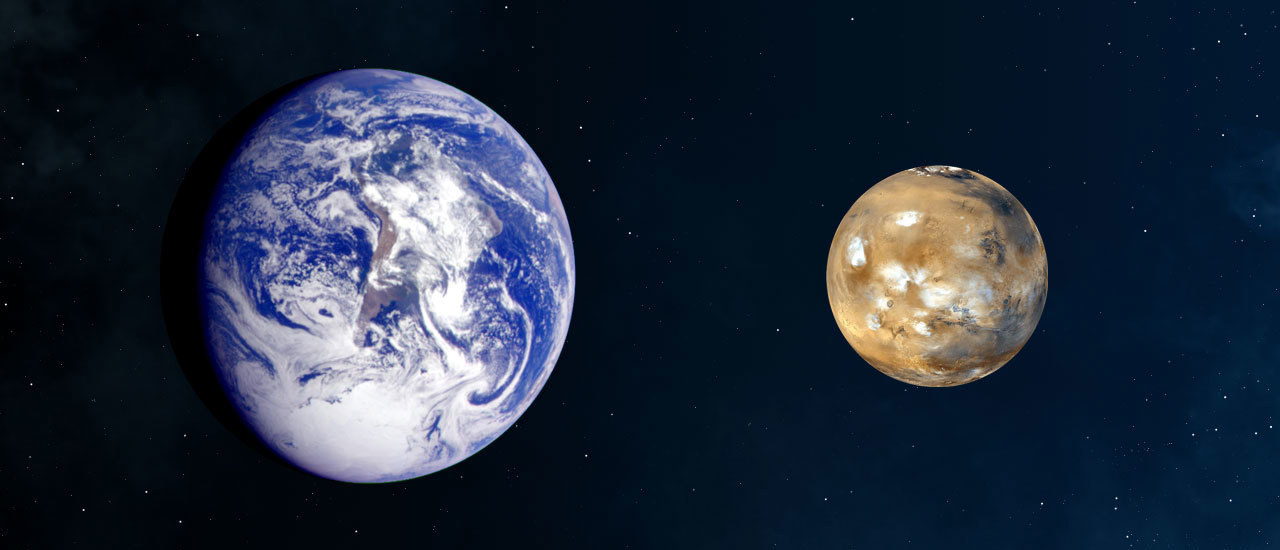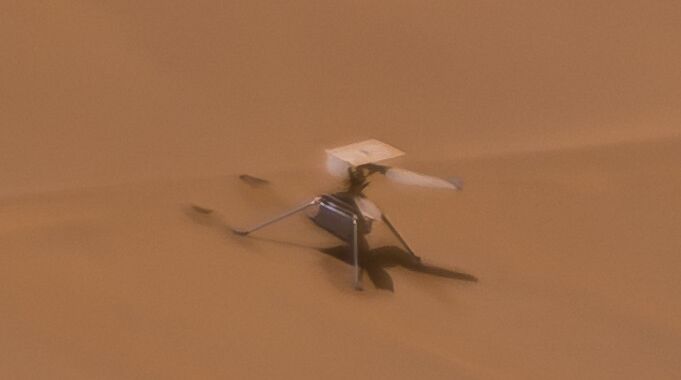In February 2022, SpaceX and entrepreneur/philanthropist Jared Isaacman (commander of the Inspiration4 mission) announced they were launching a new program to “rapidly advance human spaceflight capabilities” while supporting important charitable and humanitarian causes here on Earth. It’s called the Polaris Program. In a recent press release, SpaceX revealed the spacesuits its Polaris astronauts will be wearing (up top) and described the research crews will conduct during the program’s three human spaceflight missions – the first of which is scheduled to launch this summer!
Continue reading “SpaceX Shows Off Its New Extravehicular Activity Suit”We Need to Consider Conservation Efforts on Mars

Astrobiology is the field of science that studies the origins, evolution, distribution, and future of life in the Universe. In practice, this means sending robotic missions beyond Earth to analyze the atmospheres, surfaces, and chemistry of extraterrestrial worlds. At present, all of our astrobiology missions are focused on Mars, as it is considered the most Earth-like environment beyond our planet. While several missions will be destined for the outer Solar System to investigate “Ocean Worlds” for evidence of life (Europa, Ganymede, Titan, and Enceladus), our efforts to find life beyond Earth will remain predominantly on Mars.
If and when these efforts succeed, it will have drastic implications for future missions to Mars. Not only will great care need to be taken to protect Martian life from contamination by Earth organisms, but precautions must be taken to prevent the same from happening to Earth (aka. Planetary Protection). In a recent study, a team from the University of New South Wales (UNSW) in Sydney, Australia, recommends that legal or normative frameworks be adopted now to ensure that future missions do not threaten sites where evidence of life (past or present) might be found.
Continue reading “We Need to Consider Conservation Efforts on Mars”Starlink on Mars? NASA Is Paying SpaceX to Look Into the Idea
NASA has given the go-ahead for SpaceX to work out a plan to adapt its Starlink broadband internet satellites for use in a Martian communication network.
The idea is one of a dozen proposals that have won NASA funding for concept studies that could end up supporting the space agency’s strategy for bringing samples from Mars back to Earth for lab analysis. The proposals were submitted by nine companies — also including Blue Origin, Lockheed Martin, United Launch Alliance, Astrobotic, Firefly Aerospace, Impulse Space, Albedo Space and Redwire Space.
Awardees will be paid $200,000 to $300,000 for their reports, which are due in August. NASA says the studies could lead to future requests for proposals, but it’s not yet making any commitment to follow up.
Continue reading “Starlink on Mars? NASA Is Paying SpaceX to Look Into the Idea”Next Generation Ion Engines Will Be Extremely Powerful
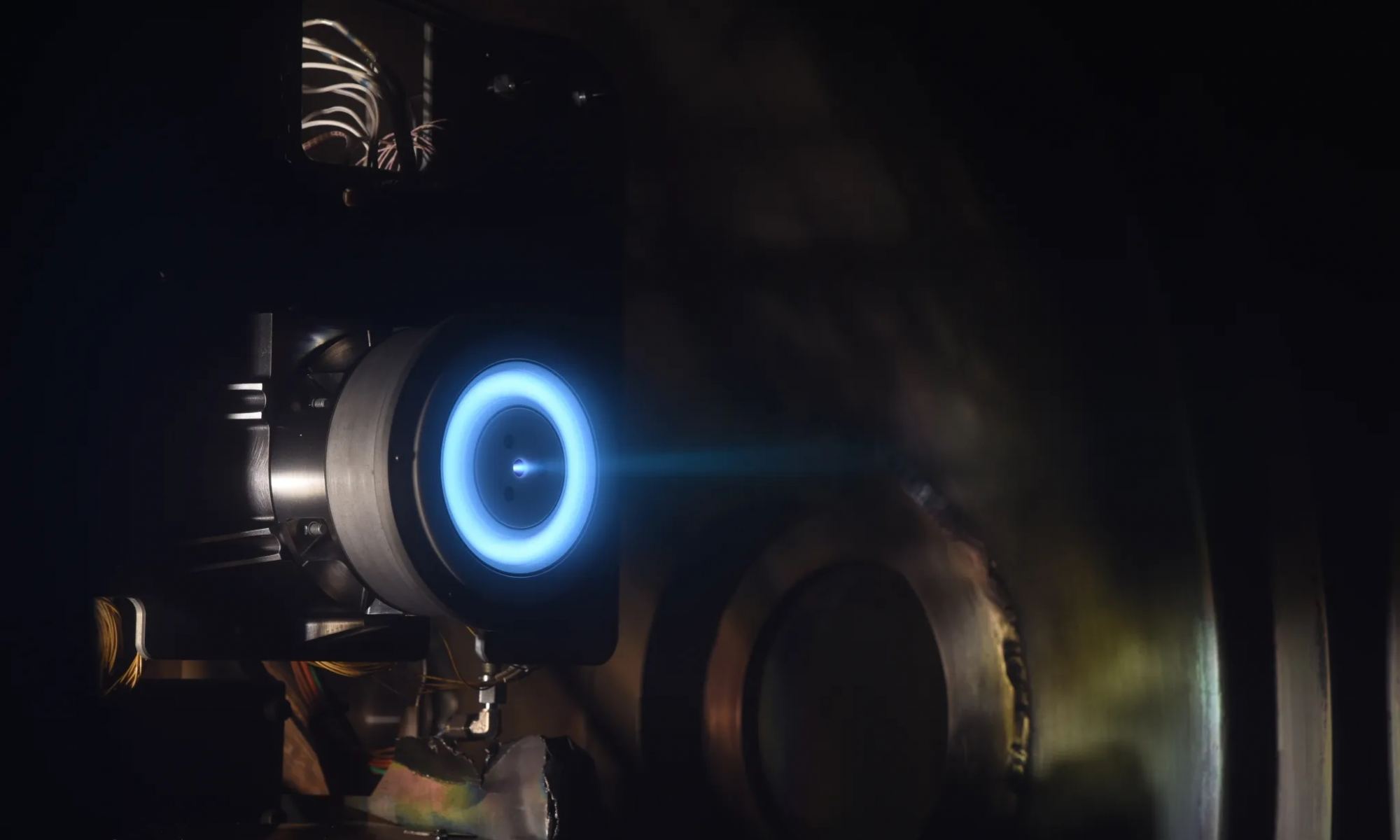
During the Space Race, scientists in both the United States and the Soviet Union investigated the concept of ion propulsion. Like many early Space Age proposals, the concept was originally explored by luminaries like Konstantin Tsiolkovsky and Hermann Oberth – two of the “forefathers of rocketry.” Since then, the technology has been validated repeatedly by missions like the Deep Space-1 (DS-1) technology demonstrator, the ESA’s Smart-1 lunar orbiter, JAXA’s Hayabusa and Hayabysa 2 satellites, and NASA’s Dawn mission.
Looking to the future of space exploration, researchers at the NASA Glenn Research Center (GRC) have been busy developing a next-generation ion engine that combines extreme fuel efficiency with high acceleration. These efforts have led to the NASA-H71M sub-kilowatt Hall-effect thruster, a small spacecraft electric propulsion (SSEP) system that will enable new types of planetary science missions. With the help of commercial partners like SpaceLogistics, this thruster will also be used to extend the lifetimes of spacecraft that are already in orbit.
Continue reading “Next Generation Ion Engines Will Be Extremely Powerful”Gravity From Mars has an Effect on Earth’s Oceans
We are all too familiar of the Moon’s effect on our planet. It’s relentless tug causes our tides but even Mars, which is always at least 55 million kilometres away, can have a subtle effect too. A study has revealed a 2.4 million year cycle in the geological records that show the gentle warming and cooling of our oceans. The records match the interactions between the orbits of Earth and Mars over the longest timescales. These are known as the ‘astronomical grand cycles’ but to date, not much evidence has been found.
Continue reading “Gravity From Mars has an Effect on Earth’s Oceans”Ingenuity Won’t Fly Again Because It’s Missing a Rotor Blade
Ingenuity has been the first aerial vehicle on another world. NASA announced the end of the Martian helicopter’s life at the end of its 72nd flight. During the flight there had been a problem on landing and, following the incident a few photos revealed chips in one of the rotor blades but nothing too serious. New images have been revealed that show the craft is missing one of its rotor blades entirely!
Continue reading “Ingenuity Won’t Fly Again Because It’s Missing a Rotor Blade”Electrodes in Spacesuits Could Protect Astronauts from Harmful Dust on Mars
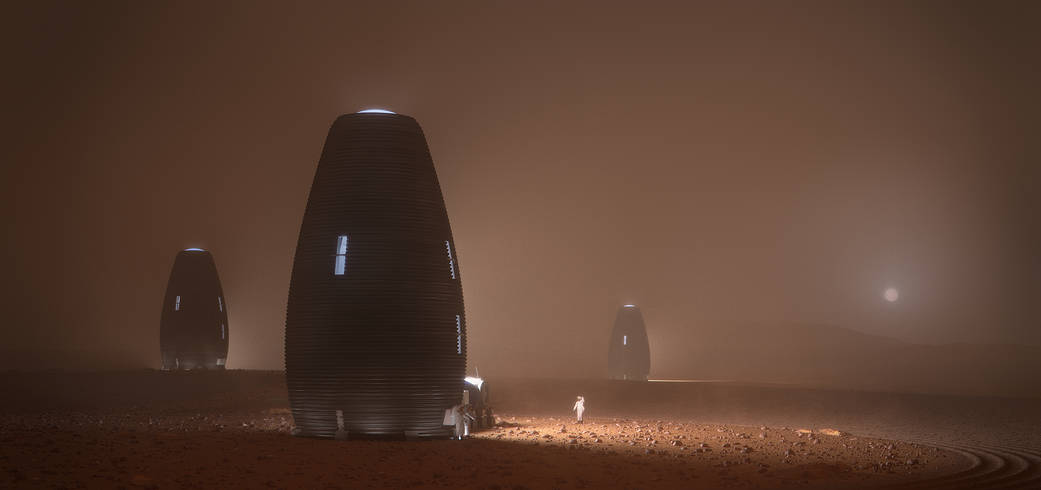
To quote NASA associate administrator Jim Reuter, sending crewed missions to Mars by 2040 is an “audacious goal.” The challenges include the distance involved, which can take up to six months to traverse using conventional propulsion methods. Then there’s the hazard posed by radiation, which includes increased exposure to solar particles, flares, and galactic cosmic rays (GCRs). And then there’s the time the crews will spend in microgravity during transits, which can take a serious toll on human health, physiology, and psychology.
But what about the challenges of living and working on Mars for several months at a time? While elevated radiation and lower gravity are a concern, so is Martian regolith. Like lunar regolith, dust on Mars will adhere to astronauts’ spacesuits and inflict wear on their equipment. However, it also contains harmful particles that must be removed to prevent contaminating habitats. In a recent study, a team of aerospace engineers tested a new electrostatic system for removing Martian regolith from spacesuits that could potentially remove harmful dust with up to 98% efficiency.
Continue reading “Electrodes in Spacesuits Could Protect Astronauts from Harmful Dust on Mars”Ground-Based Lasers Could Accelerate Spacecraft to Other Stars

The future of space exploration includes some rather ambitious plans to send missions farther from Earth than ever before. Beyond the current proposals for building infrastructure in cis-lunar space and sending regular crewed missions to the Moon and Mars, there are also plans to send robotic missions to the outer Solar System, to the focal length of our Sun’s gravitational lens, and even to the nearest stars to explore exoplanets. Accomplishing these goals requires next-generation propulsion that can enable high thrust and consistent acceleration.
Focused arrays of lasers – or directed energy (DE) – and lightsails are a means that is being investigated extensively – such as Breakthrough Starshot and Swarming Proxima Centauri. Beyond these proposals, a team from McGill University in Montreal has proposed a new type of directed energy propulsion system for exploring the Solar System. In a recent paper, the team shared the early results of their Laser-Thermal Propulsion (LTP) thruster facility, which suggests that the technology has the potential to provide both high thrust and specific impulse for interstellar missions.
Continue reading “Ground-Based Lasers Could Accelerate Spacecraft to Other Stars”A Magnetohydrodynamic Drive Could Lead to Fuel Stations on Mars
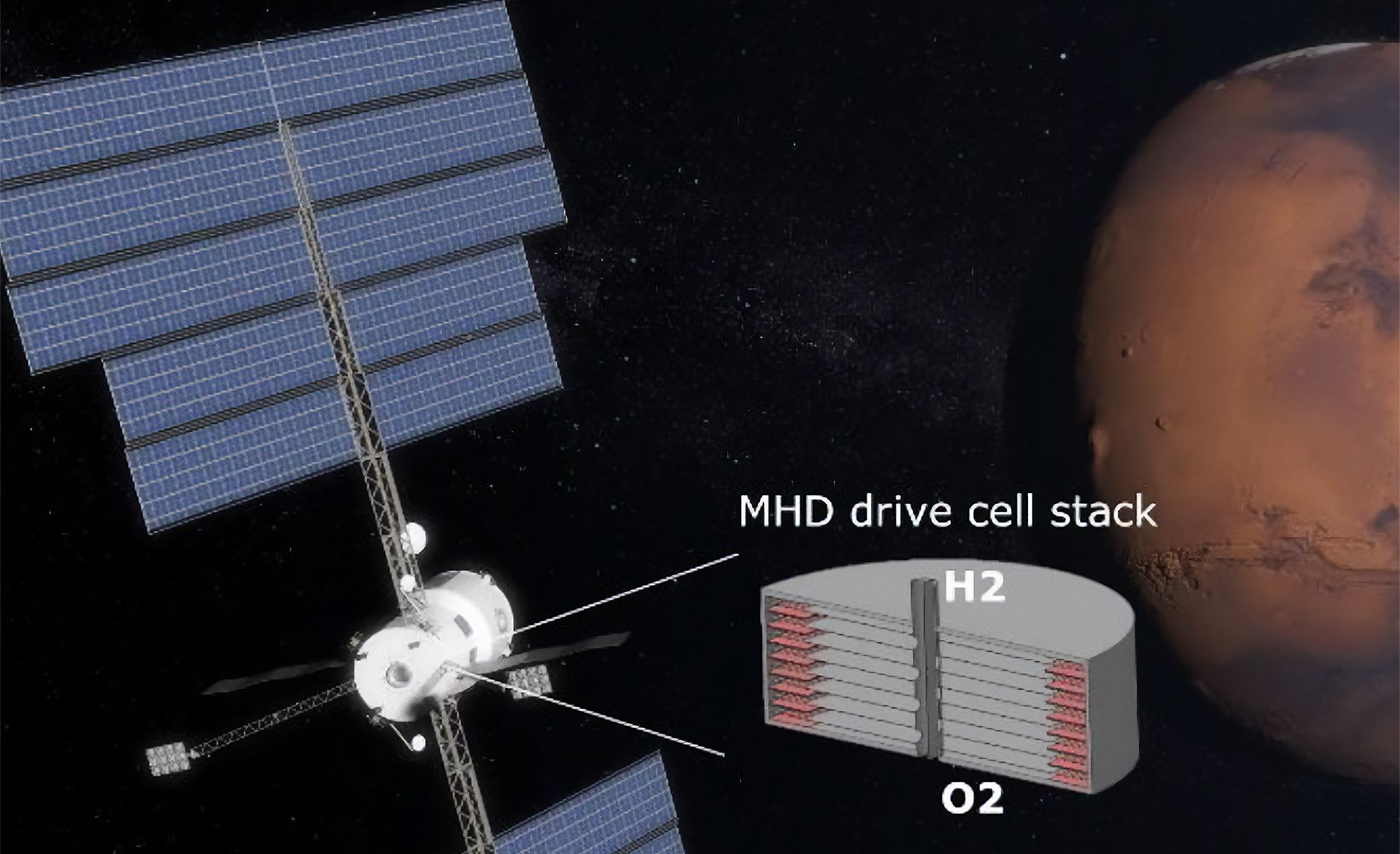
Within the next fifteen years, NASA, China, and SpaceX plan to send the first crewed missions to Mars. In all three cases, these missions are meant to culminate in the creation of surface habitats that will allow for many returns and – quite possibly – permanent human settlements. This presents numerous challenges, one of the greatest of which is the need for plenty of breathable air and propellant. Both can be manufactured through electrolysis, where electromagnetic fields are applied to water (H2O) to create oxygen gas (O2) and liquid hydrogen (LH2).
While Mars has ample deposits of water ice on its surface that make this feasible, existing technological solutions fall short of the reliability and efficiency levels required for space exploration. Fortunately, a team of researchers from Georgia Tech has proposed a “Magnetohydrodynamic Drive for Hydrogen and Oxygen Production in Mars Transfer” that combines multiple functionalities into a system with no moving parts. This system could revolutionize spacecraft propulsion and was selected by NASA’s Innovative Advanced Concepts (NIAC) program for Phase I development.
Continue reading “A Magnetohydrodynamic Drive Could Lead to Fuel Stations on Mars”NASA 2024 NIAC Program Selects Deep-Space Hibernation Technology for Development
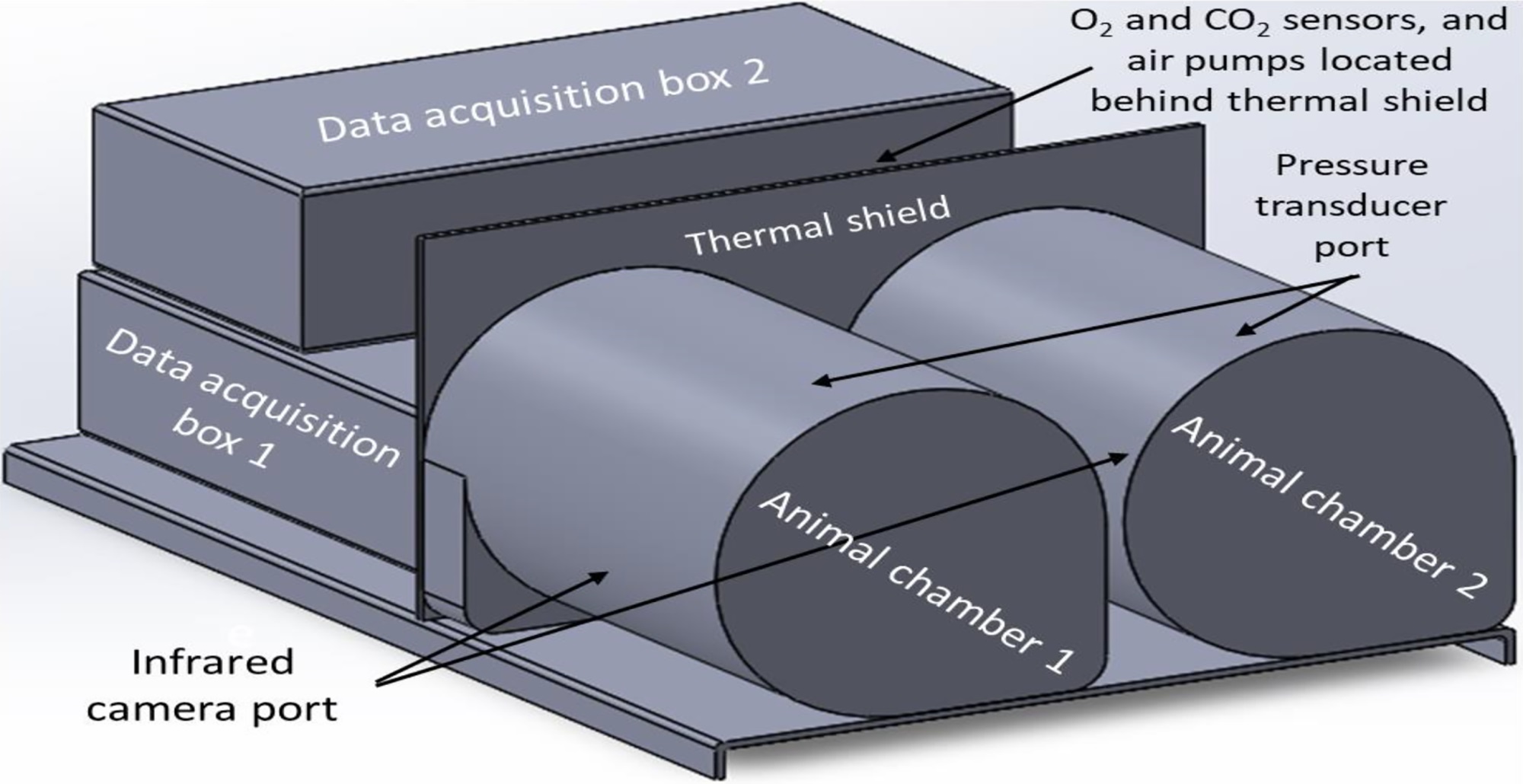
In the next fifteen years, NASA, China, and SpaceX will make the next great leap in space exploration by sending the first crewed missions to Mars. This presents many challenges, not the least of which is distance. Even when they are closest to each other in their orbits (aka. when Mars is in Opposition), Mars can still be up to 55 million km (34 million mi) from Earth. Using conventional propulsion (chemical rockets), a one-way transit can last six to nine months, which works out to a total mission time (including surface operations) of about three years.
That’s a very long time for people to be in microgravity, not to mention exposed to solar and cosmic radiation. To address this, NASA is investigating advanced propulsion methods that will reduce transit times and hibernation technologies that will allow crews to sleep through most of their voyage. This year, the NASA Innovative Advanced Concepts (NIAC) program selected the Studying Torpor in Animals for Space-health in Humans (STASH) experiment, a new method for inducing torpor developed by Ryan Sprenger and colleagues at the California-based biotechnology firm Fauna Bio Inc.
Continue reading “NASA 2024 NIAC Program Selects Deep-Space Hibernation Technology for Development”

